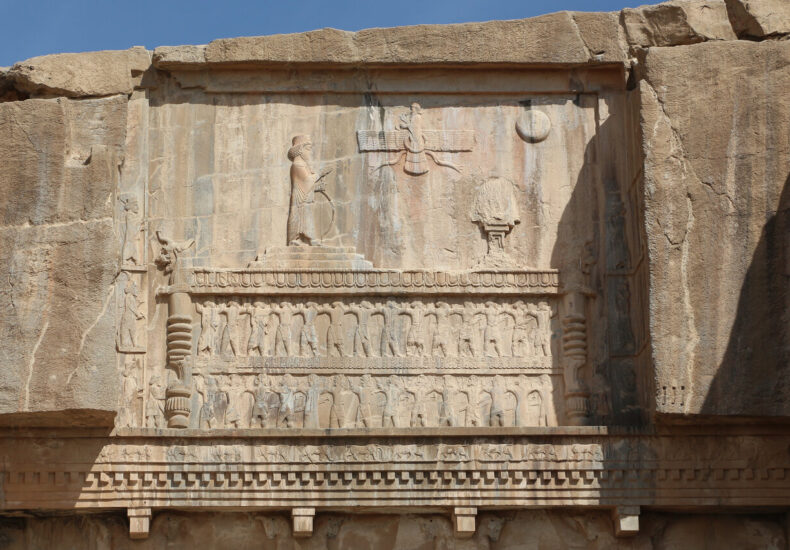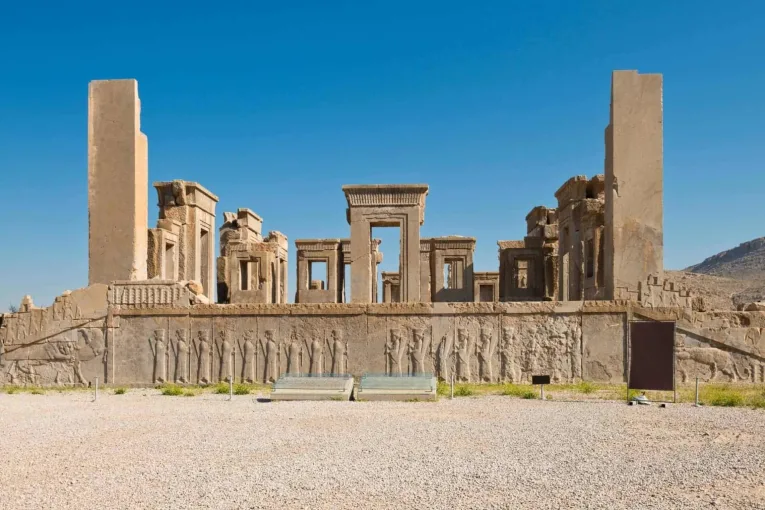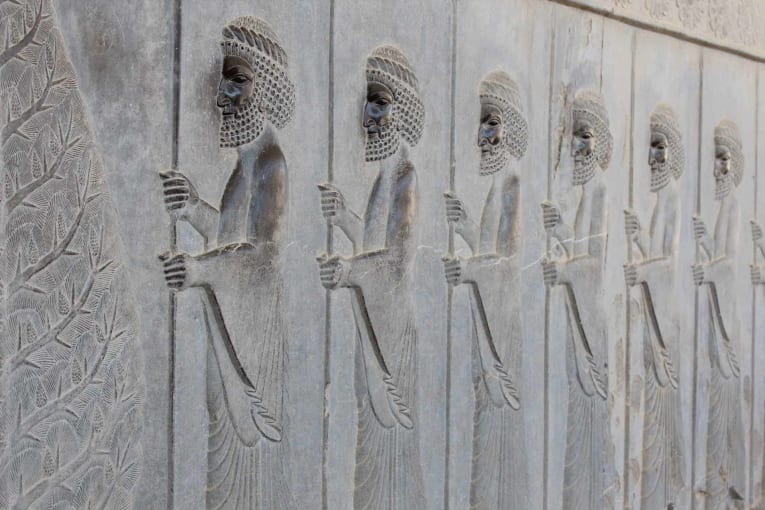
Restoration Efforts Revitalize Ancient Majesty at Persepolis
Restoration work has resumed at key heritage sites within Persepolis, a UNESCO World Heritage site in southern Iran, following a pause during the Nowruz holidays. Projects are underway at the Apadana Palace, the rock-carved tomb of Artaxerxes III, and the southern inscription of the Terrace (Takhtgah), all remnants of the ancient Achaemenid Empire (c. 550–330 BC).
Shahram Rahbar, head of the Conservation and Restoration Department at Persepolis, reported that restoration workshops, which had been partially operational due to the influx of Nowruz visitors from March 15 to April 4, are now fully active. He highlighted the restoration of the Terrace’s southern inscription, attributed to Darius the Great, as a particularly significant and technically challenging project.
“This inscription is not only one of the earliest examples of Achaemenid royal texts but also of immense historical value due to its content,” Rahbar explained. A collaborative team of conservation, archaeology, and structural engineering experts has been formed to develop a comprehensive restoration plan.

Restoration has also restarted on Column Base B2 in the northern portico of the Apadana Palace, a key structure within the Persepolis complex. Built by Darius I the Great (r. 522–486 BC), the Apadana served as the main audience hall for receiving tributes from across the empire. The palace is renowned for its intricate reliefs, especially those on the eastern and northern staircases, depicting representatives from various nations bearing gifts to the king.
The rock-carved tomb of Artaxerxes III (r. 359/58–338 BC), which had previously faced water damage, is another focal point of the restoration. This monument is crucial to Persepolis’s architectural heritage and reflects the funerary traditions of ancient Persian kings.
“Despite past disagreements among technical teams, the current collaborative approach has yielded promising results,” Rahbar stated, expressing optimism about the ongoing work.

Persepolis, the former ceremonial capital of the Achaemenid Empire, remains a symbol of Iran’s ancient grandeur. The site, also known as Takht-e Jamshid, is celebrated for its unique architecture, urban planning, construction technology, and art. Its majestic entrances, monumental stairways, throne and reception rooms, and other structures make it one of the world’s most significant archaeological sites.
Historical accounts suggest that Persepolis was burned by Alexander the Great in 330 BC, possibly as retribution for Xerxes’ burning of Athens. The continued restoration work after Nowruz underscores Iran’s dedication to preserving this world-renowned heritage for future generations.
You may also like
- A 1700-year-old statue of Pan unearthed during the excavations at Polyeuktos in İstanbul
- The granary was found in the ancient city of Sebaste, founded by the first Roman emperor Augustus
- Donalar Kale Kapı Rock Tomb or Donalar Rock Tomb
- Theater emerges as works continue in ancient city of Perinthos
- Urartian King Argishti’s bronze shield revealed the name of an unknown country
- The religious center of Lycia, the ancient city of Letoon
- Who were the Luwians?
- A new study brings a fresh perspective on the Anatolian origin of the Indo-European languages
- Perhaps the oldest thermal treatment center in the world, which has been in continuous use for 2000 years -Basilica Therma Roman Bath or King’s Daughter-
- The largest synagogue of the ancient world, located in the ancient city of Sardis, is being restored











Leave a Reply